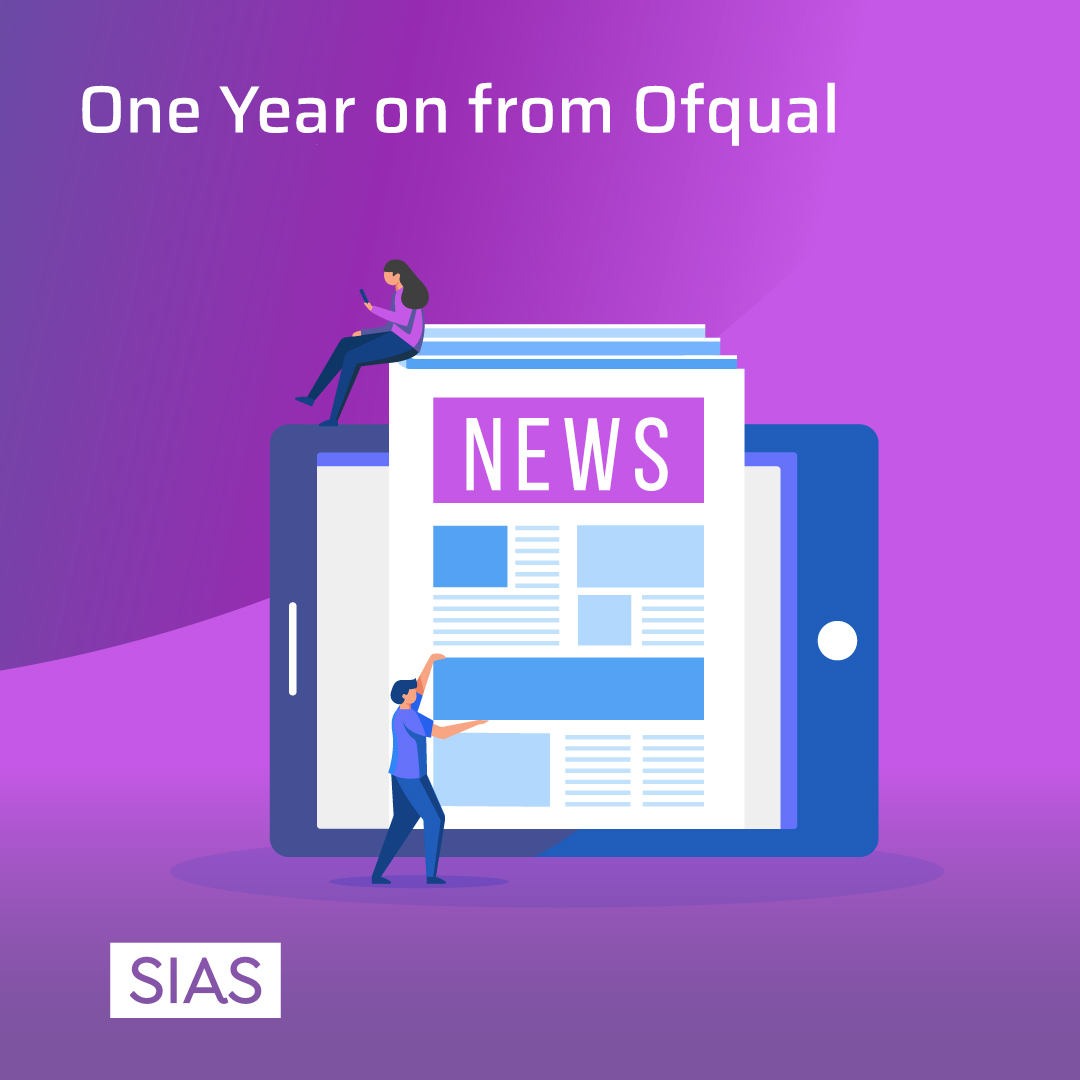| One year on from Ofqual By Steve Smith, Managing Director Fresh from the recent Federation of Awarding Bodies’ annual End-point Assessment Conference, SIAS Managing Director Steve Smith shares his views on the introduction of Ofqual as a regulator for end-point assessment organisations, and a year of change in the sector… Last month’s conference was an important opportunity for us to reflect on the transition to Ofqual and I was able to exchange thoughts on this and more with colleagues in one of the plenary panel sessions. There is a general view that there is strong progress, with some remaining challenges, and I’m pleased to offer you some views on the key points. Quality and compliance Looking back to external quality assurance (EQA), prior to the shift to Ofqual, multiple EQA organisations were working in very different ways. The bar for quality and compliance across the sector wasn’t consistently where it should have been, and more importantly where providers, employers and apprentices should expect it to be. Ofqual has picked up the reins, and this is a positive shift for all involved. It has brought greater infrastructure, experience, and the added legal authority to regulate the sector more strongly than was experienced previously, and all end-point assessment organisations (EPAOs), have a higher bar to reach. A rigorous transition The process of becoming Ofqual-regulated was not easy, nor should it have been: standards were set very, very high, and not every EPAO successfully transitioned. I was really proud that SIAS came through that process so strongly and quickly. I wouldn’t have expected anything different, but it’s a good indicator that at SIAS, we self-regulate well, and we have a strong foundation around quality, despite the patchiness of the previous EQA model. Continuous improvement is in our DNA, so this too enabled us to make the transition relatively smoothly. Across the board, the transition makes the end-point assessment offer stronger, and it should give employers, providers and apprentices far greater levels of reassurance and confidence, which is something all EPAOs work hard to instil. General condition challenges Some challenges remain, particularly around the General Conditions Ofqual has in place for measuring compliance across awarding organisations, and now EPAOs. The Conditions have developed over many years and some should, and are, being reviewed as they don’t necessarily align specifically to EPAOs, end-point assessment, or our market, in the way that they need to. Positively, Ofqual recently updated its guidance to General Conditions, in respect to how they relate to end-point assessment, EPAOs, and our market, and I welcome that. It was a strong step in the right direction and shows that Ofqual is aware of some level of disconnect, and this has created positive momentum. Another challenge still present is Ofqual’s approach to ‘prohibited training’, which presents some real challenges for smaller specialist EPAOs and in my view, risks being contrary to what’s best for apprentices. The sector and Ofqual need to maintain strong dialogue and transparency. Ofqual is learning and adapting its approach to the end-point assessment sector and market, whilst EPAOs continue to learn, mature, and adjust to a new regulator. We all want the same thing: a strong, robust, and high-quality sector where apprentices, providers, and employers are getting the best experience possible. Data, grading and benchmarking For the first time, Ofqual has requested an annual data submission relating to performance and achievement rates from every EPAO, linked to the standards that we are assessing. This data will not be published at an organisational level, but it will help EPAOs and all stakeholders benchmark against overall performance by each standard and is a positive step forward. There have been interesting discussions about a grading system for EPAOs, similar to Ofsted’s where the performance of schools and training providers is summarised with a single phrase such as outstanding, good, requires improvement, or inadequate. I’m not a fan of one-word gradings: like schools and colleges, EPAOs are complex organisations, and grading them in one word presents difficulties. However, I would be open to any move to establish a framework or model that enables organisations to be ‘named’ and benchmarked against each other, national averages, and national standards. There are caveats, the first being timing. Our sector is relatively new, still evolving and maturing, and with the transition, there’s still a lot of bedding-in that needs to continue. Now isn’t the optimal time to introduce a model like that, but certainly over the next 2-4 years, as the sector matures, introducing a transparent, organisational-level, benchmarking model could be a logical part of our continuing journey. The other caveat is that however it is structured, it shouldn’t be based solely on achievement rates. There are many factors influencing achievement other than pure assessment, for example, quality and consistency of assessment are very influential, but so are a myriad of other factors, including the quality of training provision, and even a learner’s socio-economic background. If we are going to move to a fully transparent public benchmarking model at an organisational level, it should be based on a pre-determined range of appropriate metrics, agreed by all stakeholders, such as strength of post assessment feedback, or results turn-around which give a fuller picture, rather than one based purely on achievement rates. With these issues considered, I personally, and SIAS, would welcome moving towards such a model. Transparency, and considering both sides of the coin Why? Because we’re serious about continuous improvement, and reaching and maintaining that high bar, we need full transparency. Without it, we risk allowing poorly performing EPAOs – if they wanted to – to shield themselves, and that is counterproductive. In a free market, stakeholders deserve to make decisions based on having all the relevant information available to them. The EPAOs that remain following the transition are high-quality organisations, doing things in the right way. If you are a such an organisation, a fully transparent benchmarking model at an individual EPAO level shouldn’t be feared: it should be seen as an opportunity, and leaders like me across the sector must be able to cascade that mindset throughout our organisations. SIAS is doing some incredible things and we’re bold in talking about that, but if in the future, there were areas of weakness or challenge that we needed to address, then then I’d want to do that openly. I tell my team that there are always two sides to every coin in organisational performance, and I’d want to believe that we would be prepared to own the other side of the coin and do something about it if there were areas of weakness. Without a transparent benchmark framework, there’s a driver missing for organisations perhaps less prepared to own the whole coin! Whether Ofqual would mandate that, is probably unlikely, because I believe the regulator would rightly feel uncomfortable about intervening in the market; in fact, it’s unable to do so under the current remit. So, it may be the case that at some point in the future we as an EPAO sector need to be grown-up enough to embrace, develop and implement that type of model ourselves. Self-regulation Self-regulation is a big commitment that would need buy in, but it’s a conversation to be had. And there’s precedent with the conversation happening about an EPAO ‘Guide to Best Practice’, which is coming from the sector, and not the regulator. When we’ve matured further, and the time’s right a shift to this more transparent data-driven, organisational-level benchmarking matrix, self-regulation could be a natural progression. It might be a little controversial – it’s not clear that every EPAO would necessarily feel the same way, but I would be very supportive of a move in that direction. Assessment plans I’m also encouraged by the fact that Ofqual seems to be deep diving into standards where assessment plans are historically weak or there’s been inconsistency, where they feel the assessment plans have discrepancies, vagueness, or have been open to interpretation. EPAOs build and deliver assessments against the assessment plans that are handed to them from the trailblazer groups. One of the challenges for the sector and for EPAOs historically has been maintaining levels of consistency and how they are interpreted. As long as it happens collaboratively with the EPAOs, the work Ofqual is doing around assessment plans can only be a good thing, because as standards go back into review or trailblazer, there is an opportunity to standardise those assessment plans, providing clarity that makes our job more efficient, and it will ultimately benefit apprentices. An interesting and challenging first phase It’s been an interesting, challenging, and in many ways, an exciting first phase under the new regulator. The sector has much to do, together with Ofqual and stakeholders as it continues to evolve. There will be challenges ahead, but the benefits we’re seeing, and the impact of a more rigorous and consistent regulatory approach can only strengthen overall the experience for apprentices and that must be applauded. |
1 year on from Ofqual
One year on from Ofqual
By Steve Smith, Managing Director


